The Ceremonial Building on the south-eastern terrace of the hill
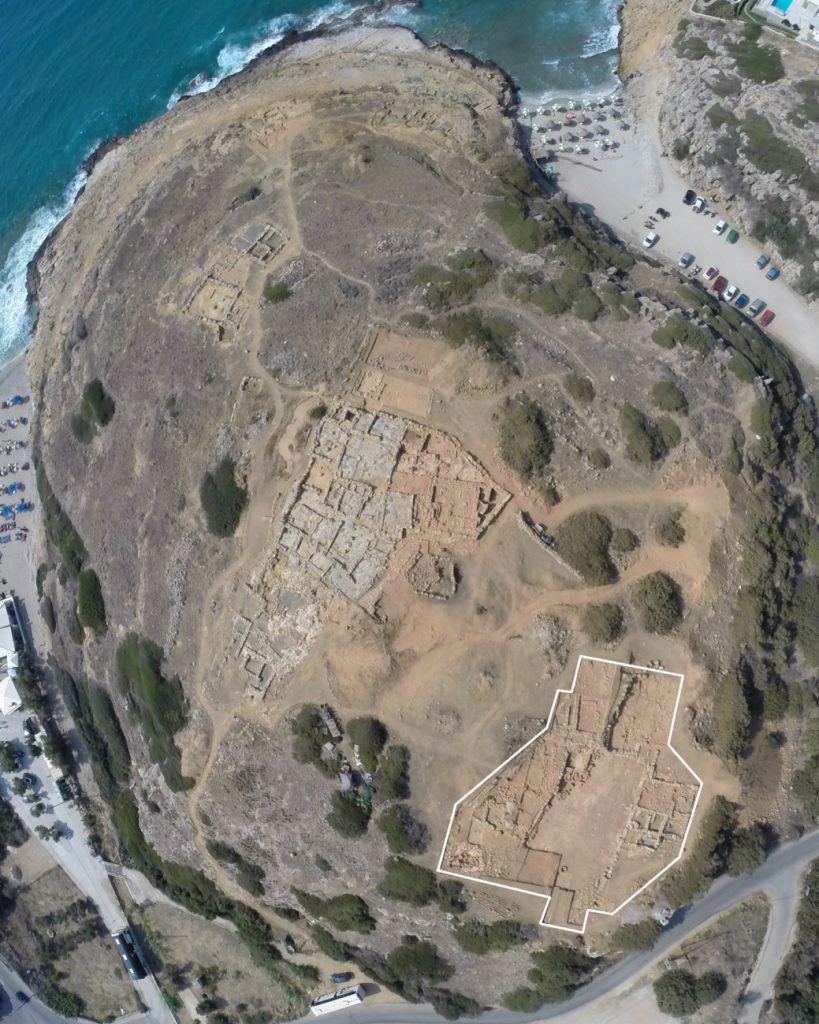
Figure 1. Aerial view of the site, and the area excavated on the south-eastern part of the hill which revealed the presence of the Ceremonial Building ©Sissi project
Little remains indicated the presence on the south-eastern terrace of the hill of the Ceremonial Building which has been excavated since 2008 under the supervision of Dr. Simon Jusseret, later joined by Dr. Maud Devolder, Dr. Sylviane Déderix and PhD candidates Thérèse Claeys and Ophélie Mouthuy (fig. 1). Excavation first concentrated on the easternmost part of the lower terrace where a few large blocks were visible on the surface. These blocks proved to belong to Building F, which was last occupied during the Postpalatial period. The reoccupation of the building eradicated some of the earlier plan and most of the earlier deposits within. It was only in 2011 that the west façade of Building F could be cleared. This façade was surprising because of several features: not only did it form a straight line of more than 20 m long, only interrupted by two entrances with substantial thresholds, but it also preserved a foundation of fine flat limestone blocks originally meant to carry an ashlar elevation, fragments of which were found collapsed to the West. Most remarkable was the presence, immediately south of one of the entrances, of a large stone kernos formed by an oblong limestone block, set on its own low platform, not unlike the finer example at nearby Malia (fig. 2).
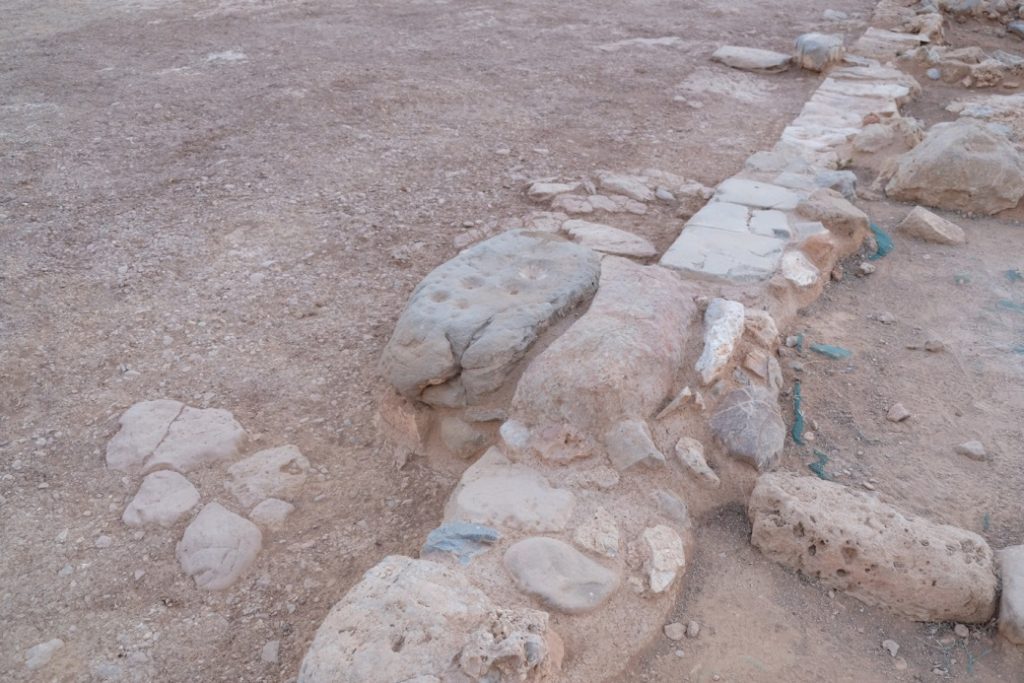
Figure 2. The kernos along the west façade of Building F ©Sissi project
During the 2011 excavation campaign we explored the area immediately west of Building F and found a pebble-and-plaster surface, unusual as street cover but quite common where open courts are concerned. The façade and the court turned out to continue both to the north and south. We then opened a trench perpendicular to the northernmost part of the west façade of Building F and found an east-west wall of large limestone boulders with a bench against it (fig. 3). This bench has 12 artificial oval hollows, each about 10 cm in diameter, the purpose of which remains unclear. This east-west wall was found to abut to the west against a north-south running sandstone ashlar façade parallel to the west façade of Building F. It was only then that we started to conceive the possibility that we were in fact, unexpectedly, excavating a court-centred building. Excavations in 2015 and 2016 in this area confirmed this hypothesis, since a large court was brought to light, surrounded to the east, west and north by different wings (fig. 4).
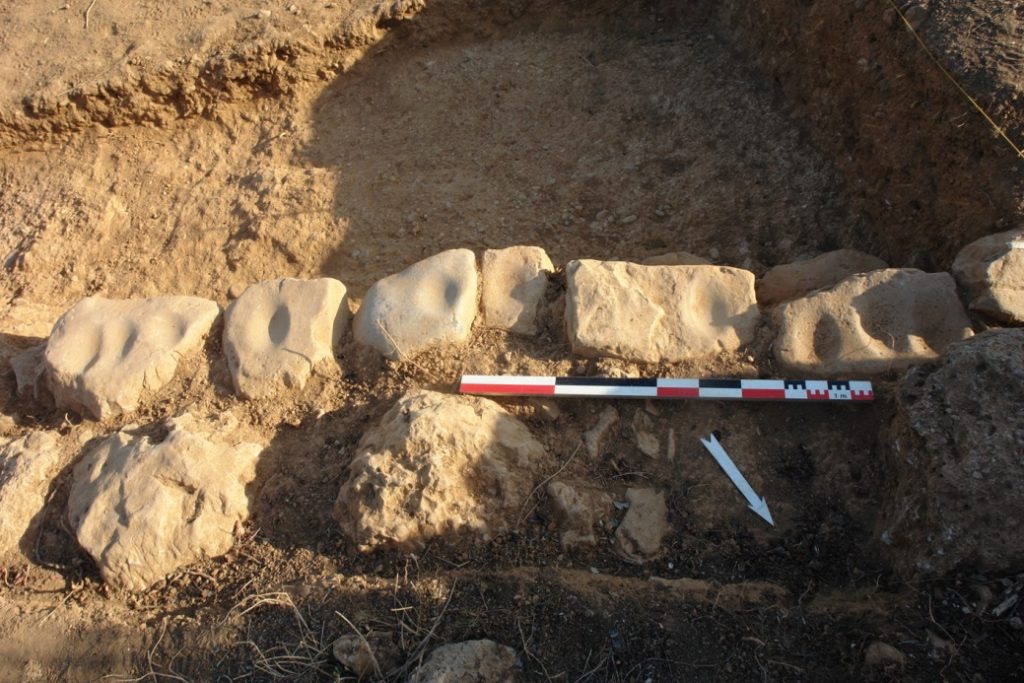
Figure 3. Bench forming the northern limit of the court ©Sissi project

Figure 4. Aerial view of the Ceremonial Building ©Sissi project
The court itself is made of plaster and pebbles (fig. 5). It is quite well preserved and it connects the different structures on three sides. It is at least 40 m long but no southern limit has thus far been found. In the current state of field work, the width of the court varies from only 9.60 m, to the very north, up to 15.30 m somewhere in its centre. In any case, it seems to have had a trapezoidal shape and to cover ca. 430 m². Apart from isolated sherds, nothing of interest was found on the surface of the court although we have hopes that, once processed, the archaeobotanical, phytolith and micromorphological samples will provide information on the use of this open space.

Figure 5. General and detailed views of the surface of the court ©Sissi project
What we did find about 30 m south from the north bench and more or less in the centre of the court is a quite well preserved circular structure of burnt clay. It has a diameter of a little less than 90 cm and it is preserved for a height of less than 30 cm (fig. 6). There is no entry hole and it contained only burnt earth, ashes and a few larger stones which had been placed in it afterwards. No burnt sherds or slag was found nearby and there is no indication that the structure was domed. In shape and size, it resembles Levantine tabuns or tannurs, bread ovens in which the loaves were either stuck against the outside or the inside. Alternatively, it could also simply be some kind of lighting device. In the silt layers that accumulated on the surface of the court, we came across a few exceptional objects at two specific spots: to the very northwest, in the corner formed by the sandstone ashlar façade and the bench bordering the court to the north, a series of fragmentary terracotta animal figurines were collected, including parts of hollow horses and a solid bull figurine (fig. 7). They are undecorated and were not associated with pottery, which makes them difficult to date. However, their clay seems Postminoan rather than Minoan, suggesting a later Postminoan visit to this particular part of the site.
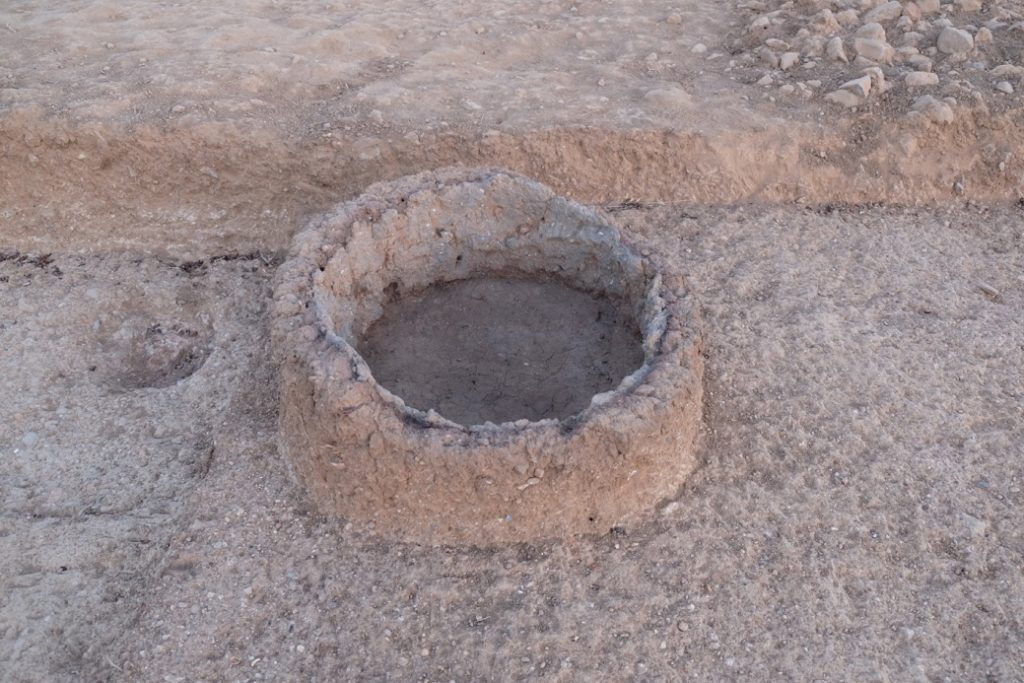
Figure 6. Circular feature discovered in the south-central part of the court ©Sissi project

Figure 7. Bull figurine perhaps indicating Postminoan visit of the Ceremonial Building long after its collapse ©Sissi project
The North Wing of the central court has given no traces of LM III reoccupation as is the case in Building F. It was destroyed in Late Minoan IA, and perhaps rather early during this phase. The eastern part of this North Wing was badly preserved because of agricultural activities and very little pottery was retrieved since the floor levels had often been removed. The amount of plaster found in the west part of this wing, however, was impressive and suggests that the entire building was amply plastered. The scanty architectural remains allow the identification of a double staircase and a long, wide corridor, originally paved. In one space there is a potential column base (or its foundation) as well as part of a floor made of terracotta slabs (fig. 8).
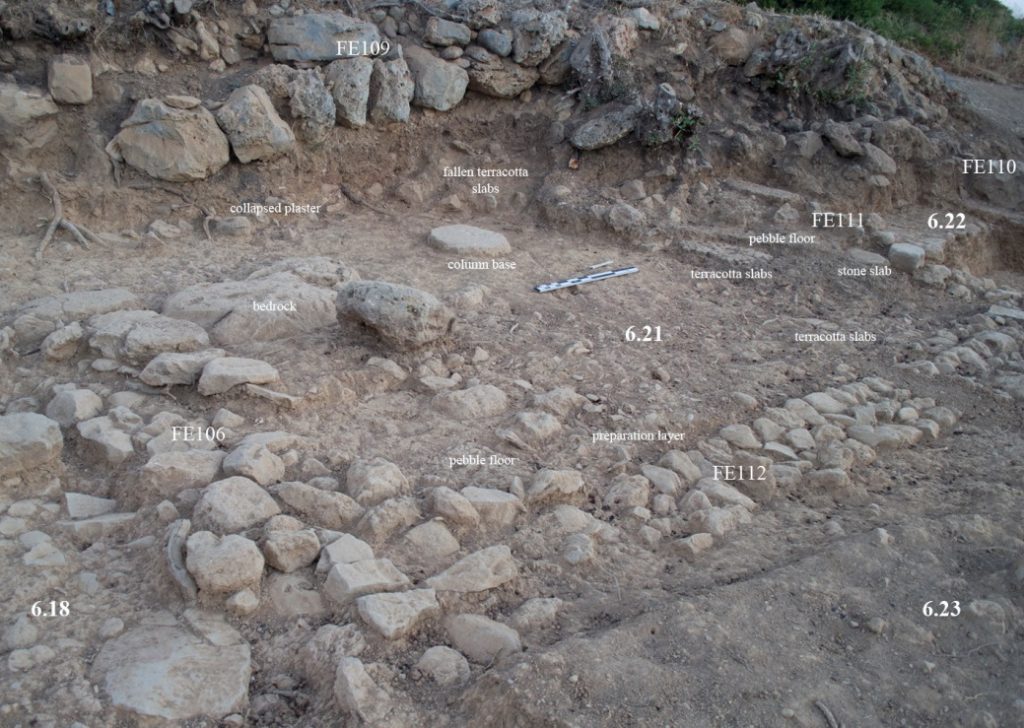
Figure 8. Room 6.21 in the eastern part of the North Wing of the Ceremonial Building ©Sissi project
There is almost a 2 m difference between this floor panel and the floor level to the west, in the western part of the North Wing, which occupies a higher terrace. Five rooms aligned north-south in the eastern part of this higher terrace are associated with the Neopalatial occupation of the area (fig. 9). Further west, however, the excavation brought to light extensive Prepalatial remains that continue towards the south in the West Wing of the Ceremonial Building. The Prepalatial remains are sometimes quite well preserved, which suggests that the Neopalatial structure was placed on top and around existing ruins of the Early Minoan IIB phase. These Prepalatial contexts include in the westernmost part of the North Wing many goat horn cores, some gold foil, much pottery and several examples of Mottled Ware (fig. 10) while in the West Wing they include one obsidian deposit (we found about 700 tiny flakes within an area of less than a 1 m² suggesting that these may originally have been in a perishable container (fig. 11)) and a partially excavated pit containing pottery sherds, obsidian blades, animal teeth and bones, gold foil and a copper arrow. These deposits are stratified between a bedrock ledge to the west and an impressive terrace wall to the east made of large boulders which seems to have played an important role in the architectural development of the court complex as a whole. Rather than tearing it down, the Neopalatial builders maintained it and structured the rest of the construction around it. Indeed, it formed the core for the Neopalatial reconstruction in this area.

Figure 9. Neopalatial rooms in the western (upper) part of the North Wing of the Ceremonial Building ©Sissi project

Figure 10. Prepalatial deposit in Room 11.1 ©Sissi project

Figure 11. Obsidian deposit being excavated by 10 x 10 cm squares along the bedrock outcrop to the west of the West Wing ©Sissi project
Although architectural phasing still has to be refined, it is almost certain that the north and south parts of the (originally plastered) east façade of the West Wing were constructed at the same time: both parts have a 45 cm lower course of cut hard dark grey limestone and a 40 cm second course of sandstone ashlar. Yet, they do not form a single façade: the north part starts off in a north-south line, parallel to the west façade of Building F, for a distance of less than 4 m (fig. 12). Then there is an opening taken up by the collapse of what we believe was a stepped structure providing access to room 6.17 and to a raised platform built against the Prepalatial terrace wall. At least four wide steps can be reconstructed and some of these were plastered. A stepped platform and the elaborately decorated room 6.17 were placed in front of the Prepalatial terrace wall which, more to the south, is abutted by the continuation of the limestone and ashlar façade which runs for another 12 m before turning west.

Figure 12. The collapse of the west façade on the court and the rooms of the West Wing behind it ©Sissi project
Parts of the sandstone second course of this south stretch are preserved while the rest collapsed on the floor level of the court. The rooms bordered to the south by this this façade are badly preserved and yielded no clear evidence of a Neopalatial or Postpalatial occupation to the exception of room 10.12 where a white plastered floor and some Neopalatial cups remained. These rooms are mainly characterized by a mixture of Prepalatial and Protopalatial material, as outlined previously. The south façade of the West Wing can be followed for a length of about 9 m until it stops against the rising bedrock to the west (fig. 13). Much of this southern façade is still plastered. As to the rising bedrock, it is very likely that the entire building was in fact placed within a large depression in the plateau of the hill and that the upper bedrock ledge once served as foundation for the west façade of the complex.

Figure 13. Façades bordering the West Wing of the complex ©Sissi project
South of the south façade, excavations revealed Building K, an underground construction in which plenty of sandstone ashlar had fallen. Its south façade too had ashlar blocks. Perhaps its sunken nature implies a link with water storage, similar to structures found in and near the Zakros palace. The orientation of Building K differs from that of the Ceremonial Building and it could conceivably be somewhat later but the ashlar used is identical to that used for the façades around the court. Excavation here is unfinished but a test to the north of Building K yielded a dense layer of redeposited material which included much pottery associated with ochre residue and tephra lapilli from Santorini (fig. 14), an identification confirmed by Dr. C. Lane (Cambridge University).

Figure 14. Tephra lapilli from Santorini uncovered to the north of Building K ©Sissi project
These tephra lapilli and the LM IA sherds associated represent, for the moment, the most western attested case of pure wind-deposited tephra on Crete. No tephra has thus far been found within the buildings, however, so it remains unsure whether the eruption did cause the abandonment of the complex. In fact, some cups discovered in the Ceremonial Building may suggest that it was abandoned sometime before the eruption.
To the southeast of the court a structure provisionally labelled Building L was explored. Its west façade is constructed in a markedly different way from that identified to the north and described earlier, but the pebble-and-plaster court also stops against it. Moreover, a test within Building L also yielded Neopalatial pottery, including a small askos with spiral decoration (fig. 15). It is surprising to notice that this façade marks a sharp turn towards the west, almost forming a rounded edge to the court at this side (fig. 16).

Figure 15. Askos from building L ©Sissi project
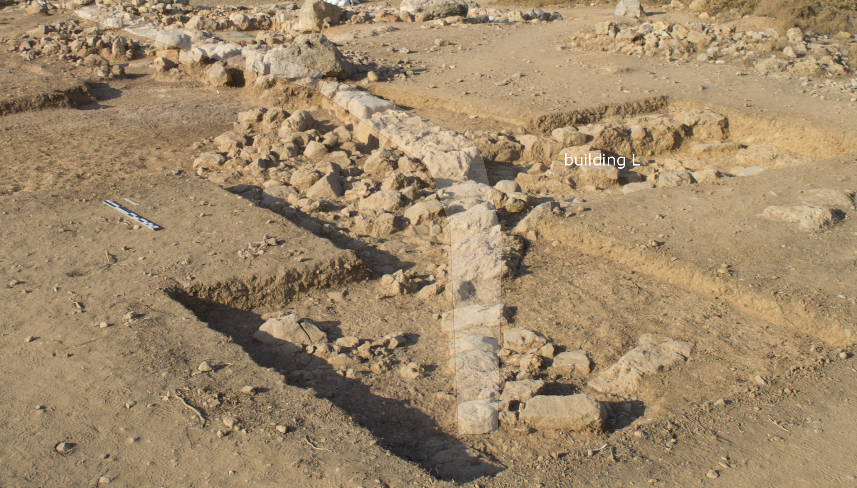
Figure 16. South-Eastern facade wall of court ©Sissi project
It must be clear from this brief and preliminary description that there is surprisingly little evidence that helps us to understand the function of the complex apart from an obvious public ceremonial purpose. This is alluded at by the elaboration of the court, the stepped platform, the ashlar façades, the presumed fire pit or oven but also by the stone kernos and the bench with hollows. As far as we can judge for the moment, the complex dates to the late Middle Minoan IIIB and early Late Minoan IA phases, i.e. to a moment during which the palace at Malia was also in use. It hence duplicates to some degree the ceremonial function of the latter which, at the least, suggests some regional decentralisation during the early Neopalatial period.
Jan Driessen, Simon Jusseret, Maud Devolder,
Thérèse Claeys, Sylviane Déderix, Ophélie Mouthuy